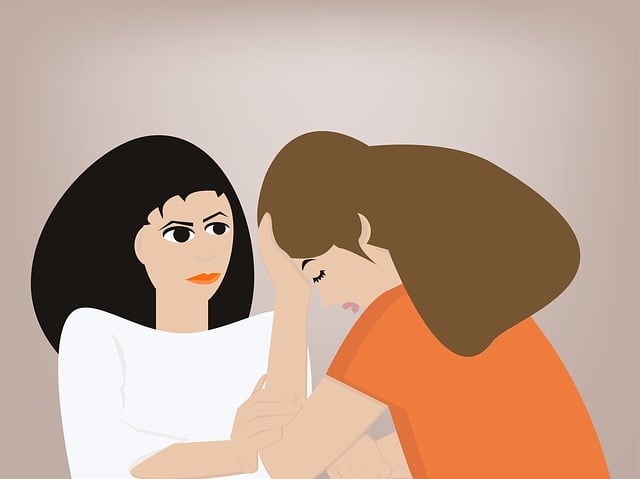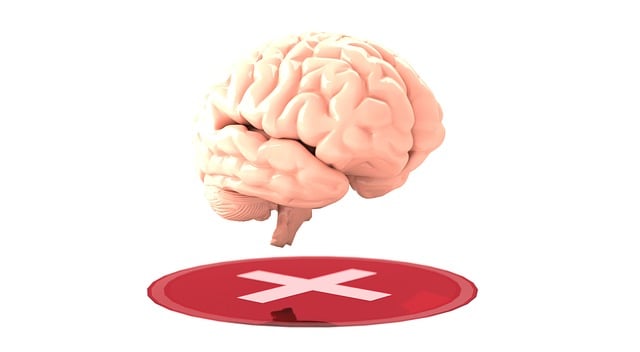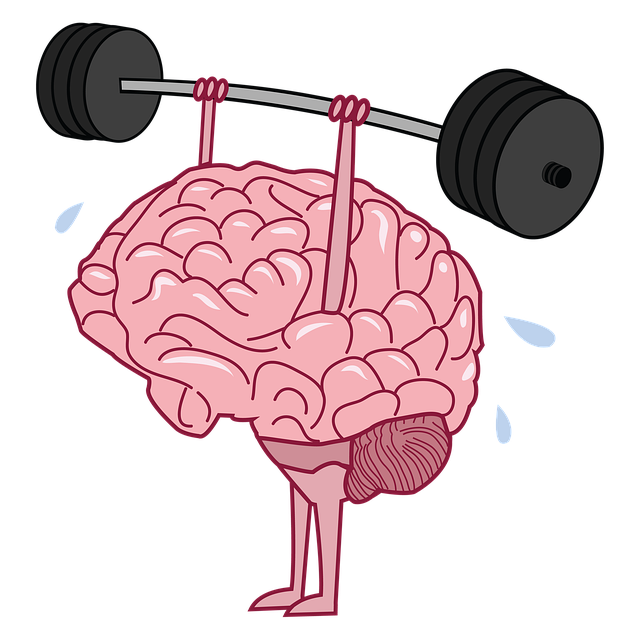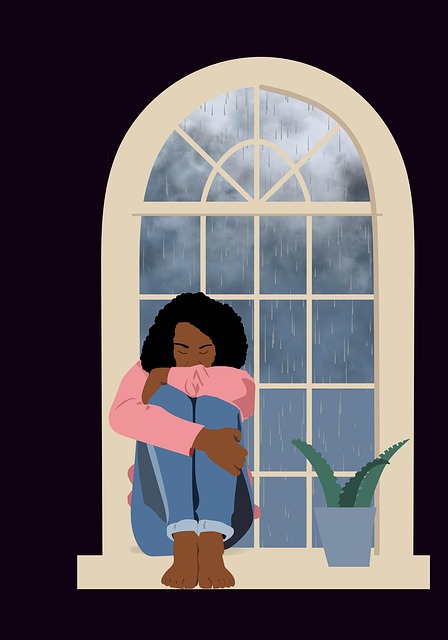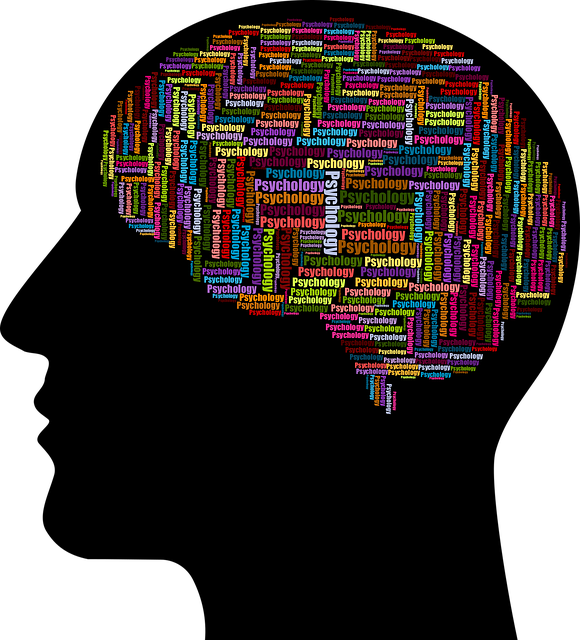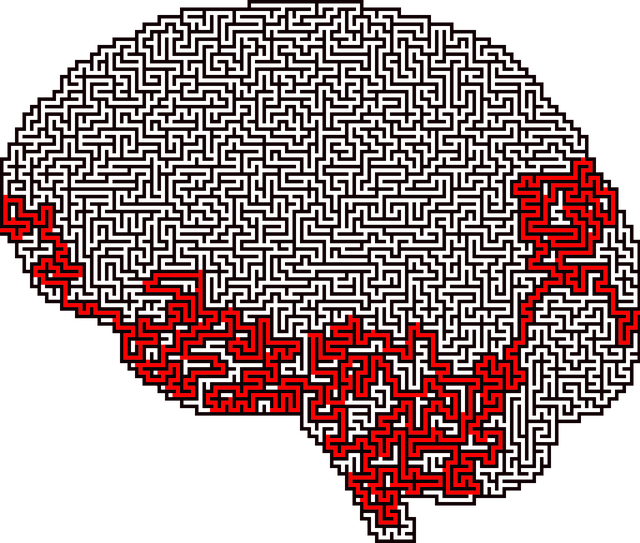The stigma around mental illness in teenagers hinders access to crucial support and treatment. Adolescents are particularly vulnerable due to developmental factors like growth challenges, peer pressure, academic demands, and hormonal changes, leading to underreporting and delayed care. Tailored therapy using mindfulness-based interventions empowers teens to manage stress, anxiety, depression, and other common conditions. Mindfulness techniques integrated into sessions help develop effective coping strategies for positive thinking, fostering self-acceptance and reducing stigma. Community engagement and education through workshops and mental wellness podcasts further promote understanding and break down internal barriers, enabling adolescents to actively participate in their mental health journey.
Mental illness stigma remains a significant barrier to adolescents seeking help. This article explores targeted efforts to reduce this harmful perception, focusing on understanding teen experiences, evidence-based therapies, mindfulness practices, and community engagement. We delve into how these approaches can foster support systems and create a more inclusive environment for adolescents struggling with mental health issues. By examining the role of therapy, mindfulness, and collective action, we aim to empower teens and break down stigma in order to access necessary care.
- Understanding the Stigma Surrounding Mental Illness in Teens
- The Role of Therapy in Breaking Down Stigma for Adolescents
- Mindfulness Practices: A Tool to Combat Stigma and Foster Support
- Community Engagement and Education: Collective Efforts for Change
Understanding the Stigma Surrounding Mental Illness in Teens

The stigma surrounding mental illness among teens is a significant challenge that often prevents young individuals from seeking necessary support and treatment. Adolescent minds are particularly vulnerable to various mental health issues due to the complexities of growth, peer pressure, academic demands, and rapid hormonal changes. Unfortunately, societal perceptions and misinformation contribute to a culture where teenage mental distress is stigmatized, leading to underreporting and delayed access to care.
Understanding the experience of mental illness in teens requires recognizing that symptoms can manifest differently than in adults. Mindfulness practices and therapy specifically tailored for adolescent teens have proven effective in managing stress, anxiety, depression, and other common conditions. By participating in Stress Management Workshops offered by organizations dedicated to Mental Illness Stigma Reduction Efforts, teens gain valuable coping skills and build resilience. Additionally, Confidence Boosting initiatives play a crucial role in empowering young individuals to advocate for their mental health, fostering open conversations about their experiences, and breaking down barriers associated with seeking professional help.
The Role of Therapy in Breaking Down Stigma for Adolescents

For adolescents dealing with mental illness, therapy plays a pivotal role in breaking down the stigma that often surrounds their conditions. Through tailored therapeutic approaches, such as mindfulness-based interventions, young individuals can learn to navigate and manage their emotional experiences. This process facilitates a deeper understanding of their mental wellness, fostering self-acceptance and challenging societal misconceptions.
By integrating techniques like mindfulness into therapy sessions, adolescents are equipped with valuable coping strategies. These tools enable them to engage in positive thinking exercises, enhancing their emotional healing processes. As they gain insights into their mental health journey, the once-frightening label of “mental illness” transforms into a manageable condition, thereby reducing the associated stigma and promoting a healthier outlook on mental wellness.
Mindfulness Practices: A Tool to Combat Stigma and Foster Support

Mindfulness practices have emerged as a powerful tool in the ongoing battle to reduce stigma surrounding mental illness, particularly among adolescent teens. These practices encourage individuals to focus on the present moment, cultivating awareness of their thoughts and emotions without judgment. By integrating mindfulness into therapy for adolescent teens, mental health professionals can create safe spaces that foster open dialogue about emotional well-being. This approach not only supports the development of coping strategies but also strengthens the connection between teens and their therapists.
The incorporation of mindfulness in therapy sessions goes beyond mere relaxation techniques; it empowers teens to take an active role in their mental health journey. Regular mindfulness exercises, often incorporated into mental wellness podcast series production, can help break down internal barriers and promote emotional well-being promotion techniques. As mental health awareness continues to gain traction, these practices offer a promising avenue for reducing the stigma associated with seeking support, encouraging teens to embrace conversations about their mental health openly and without fear of judgment.
Community Engagement and Education: Collective Efforts for Change

In reducing the stigma associated with mental illness, community engagement and education play a pivotal role. It’s through open conversations, workshops, and collaborative initiatives that we can foster understanding and empathy. Organizations focused on emotional healing processes, such as those offering stress management workshops, contribute significantly to this effort by providing accessible platforms for learning and support. By integrating mindfulness techniques, which form the core of many therapeutic approaches for adolescent teens, communities empower individuals to take control of their mental well-being.
These collective efforts encompass not just formal programs but also informal gatherings where people share experiences and knowledge. This widespread engagement underscores the principle of Mind Over Matter—the belief that with the right tools and mindset, individuals can overcome challenges and lead fulfilling lives. By breaking down barriers through education, communities create an environment where mental illness is met with compassion rather than judgment.
Mental illness stigma reduction is a multifaceted effort that requires understanding, education, and collective action. By providing therapy tailored to adolescent teens and integrating mindfulness practices, we can foster a more supportive environment. Community engagement and targeted education play a crucial role in breaking down barriers and promoting acceptance. Through these combined strategies, we can ensure that adolescents suffering from mental health issues receive the help they need without fear of stigma, paving the way for improved well-being and a more inclusive society.

